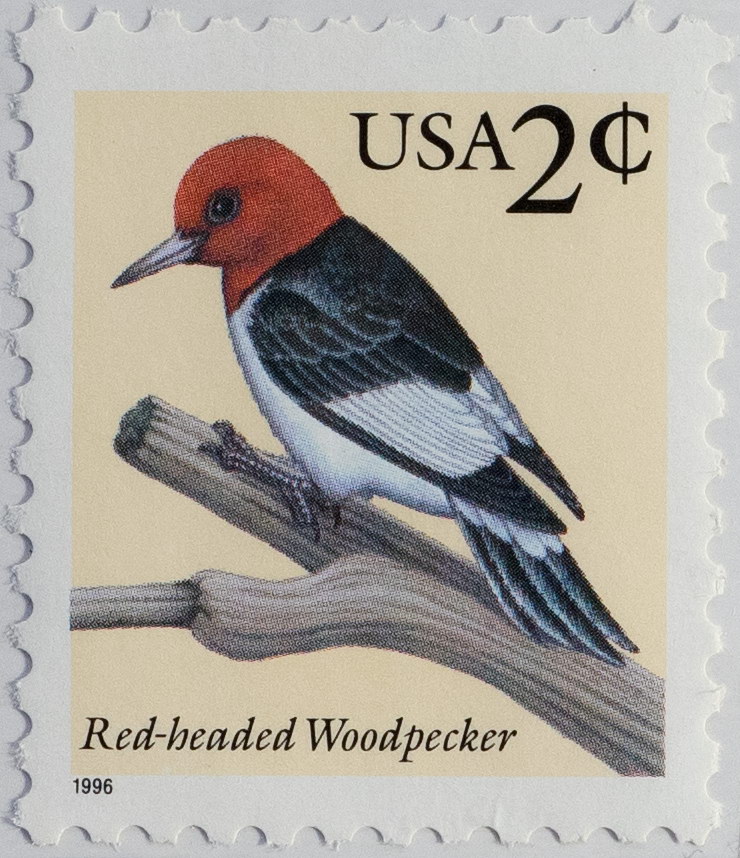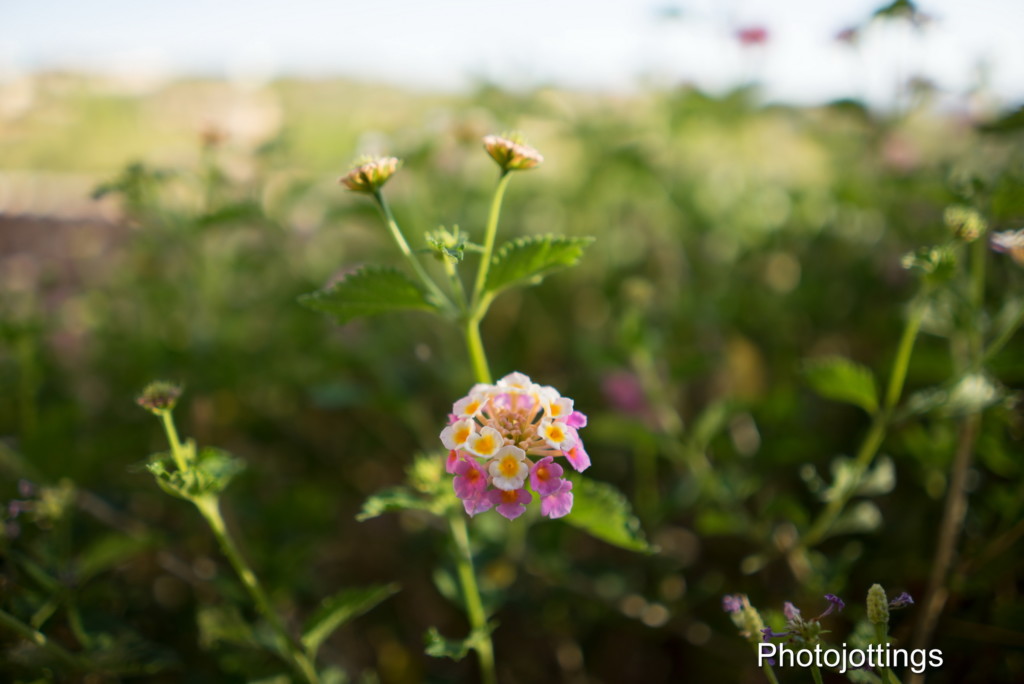The Sony FE 28mm F/2 (B&H Photo) is the first wide angle fast lens for use with Sony’s full frame ‘E’ system, formerly called NEX that used only APS-C sized sensors.
This is a hobbyist grade lens as far as build quality is concerned, and is missing OSS, or Optical Steady Shot, so you’ll need a camera body with sensor based image stabilization if you’re shaky like me and need help at slow shutter speeds. The good news is the optics appear to be first rate, which is the most important quality in my opinion, and what we really want, right?
Funny side note; Sony’s US website lists the focal length in inches, so it’s a 1-1/8″ lens, and I don’t know about you, but I can’t wait for that new 3-1/2″ portrait lens! Apparently they figure the metric system is on the way out.
Fit and finish. The lens appears to be made up of mostly plastic, typical of what you’d find in a ‘kit’ type lens, but it does have a metal mount. Sony claims the use of three aspherical elements, including one ‘advanced’ aspherical element, and two’ED’ elements as well. Sony says the lens has been designed with ‘dust proofness’ and splash proofness’ in mind, and to avoid water drops on the lens; in other words, it is not water proof. The lens is made in Thailand.
Filter size is 49mm, which is becoming popular for Sony’s smaller FE lenses. Be careful when mounting filters as the filter threads appear to be plastic. I’ve had great luck with Tiffen and Hoya; they’re priced appropriately, and are the only brands I use now.
Focusing. This lens auto-focuses quickly and mostly accurately, (your results may vary depending on camera model), and has a very quiet ‘linear focusing motor. The front filter ring doesn’t turn when focusing, so your polarizers and grads will work, but don’t use a polarizer on a wide angle lens, you’ll wind up with a dark patch of light across the frame, go here for more info. The focusing ring is easy to turn, and is damped about right. Amount of focus ring travel depends on how fast you turn the focus ring.
In the box is the lens, front and rear caps, and a plastic petal type hood.
Specifications
| Official lens name and code | Sony FE 28mm F/2 MFR# SEL28F20 B&H Photo. |
|---|---|
| Box contents | Front cap, rear cap, petal type hood, and user’s manual in multiple languages. |
| Cost | $450 as of 8/16. |
| Build Quality | plastic, but nice fit and finish. |
| Additional information | This model is made for Sony ‘E’ mount cameras, and won’t work on ‘A’ mount cameras as of this review. |
| Optical configuration | 9 elements in 8 groups. |
| Angle of view | 75° diagonally, (54˚ when mounted on an APS-C sensor camera). |
| Aperture | 9 blades, curved |
| Coverage for | Sony FE 24x36mm sensor. When using APS-C sensor, the focal length (or capture area in 135 format) is equivalent to about 42mm. |
| Depth of field and focus scales | Nothing. |
| Minimum focus, image plane to subject | About 9.7″ (246mm) using manual focus. |
| Minimum focus, end of lens barrel to subject | About 6.6″ (168mm) from front of lens barrel, no hood, manual focus. |
| Infinity focus hard stop | No. |
| Length changes when focusing | No. |
| Focus ring turn in AF | No. |
| Filter size | 49mm. |
| Filter ring rotates | No. |
| Maximum reproduction ratio | 1:13x AF or 1.16x MF. |
| Minimum F/stop | F/22 |
| Sony Teleconverter compatible | No. |
| Length changes when zooming | N/A |
| Dimensions WxL | 2.6″ x 2.4″ 64mm x 60mm. |
| Maximum extended length | Lens does not extend. |
| Weight | 7.1oz, (200g) bare. |
Optical qualities summary.
| Lens flare/ghosting | overall, good control. |
|---|---|
| Light fall-off | heavy wide open, low at F/2.8. |
| Color fringing | excellent control of lateral type. I do see a very small amount of magenta axial type at wide open to F/2.8, mostly correctable in Lightroom 5+. |
| Bokeh | good at very close focusing distances, poor at more normal focusing distances, see samples below. |
| Color | seems about the same as other Sony lenses. |
| Close-up filter | not tested. |
| Coma | a tiny bit at F/2, nothing after that. |
| Regular filters | cause no noticeable additional light fall-off. |
| Filter size | 49mm. Not very popular as of this review for the FE system. |
| Distortion | Quite heavy barrel type, but correctable in-camera or with Lightroom profile. |
Close focus Shot.
The image below is the usual stamp shot from the old site. The subject is a standard US stamp, 0.87″x 1.0″ or 22mm x 25mm. It’s very sharp stopped down at F/8, but pretty small, so no link to a larger version. As a side note; the ‘1996’ text in the lower left corner of the stamp is a mere 1mm wide in real life!

Miscellaneous samples.
The first image strong barrel distortion, the second image with in-camera corrections, or using distortion sliders in lightroom etc. The next shots show how the lens handles the full sun, which is pretty good overall, just watch out when the sun is situated near the edge of the lens/hood.
Vignetting sample below.
Vignetting or light fall-off is strong wide open, but one stop down to F/2.8 and the corners get quite a bit brighter, but that’s it; there’s nothing more to gain from a smaller aperture. I like the strong vignetting as you see here, in fact, I usually add vignetting to my outdoor shots to help keep the viewers eyes from wandering to far away the subject. Unfortunately, optical engineers and manufacturers spent tons of time and money to reduce vignetting in their lenses, not to mention software to reduce it, and then artists have to go back and add it in. That goes to show you how uninformed hobbyists are driving the market, oh well. Regular filters cause no additional problems, and you may be able to stack two without getting dark corners.

Full size samples with background blur, and Real Estate shots.
Here are a few samples; the first one with background blur at F/2, the second at F/11, the third, same pic at F/2, not bad for wide open!! The fourth and fifth images are Real Estate type shots, the lens works very well for this. Please note: mobile devices most likely will not show the full quality of the images.
Click buttons for full size versions.
Resolution samples
These samples are the same as the set I posted as a preview. I see sharp centers with some veiling haze at F/2, along with soft sides, but not noticeable unless viewed at large sizes. F/4 through F/11 looks about the same; I see a very sharp central area, with the sides a little bit soft even stopped down. The sides to not sharpen up significantly after F/5.6. Diffraction starts to show up slightly beyond F/11, and F/16 looks a little soft. Please note: mobile devices most likely will not show the full quality of the images.

Click buttons for full size versions.
Here is a comparison with the same subject at three different locations in the frame; center, mid-section and corner. In this case, it was the left lower mid-section and corner.
| Center | Mid-section | Corner | |
| F/2.0 |  |
 |
 |
|---|---|---|---|
| F/2.8 |  |
 |
 |
| F/4.0 |  |
 |
 |
| F/5.6 |  |
 |
 |
| F/8 |  |
 |
 |
| F/11 |  |
 |
 |
| Center | Mid-sections | Corners | |
 |
 |
 |
It’s quite surprising when presented in this way that we see little variation in sharpness across the frame. I think the differences are less noticeable like this than by looking at full size images.
Background highlight blur (bokeh) at short focusing distances.

Here are a few full size images of a subject taken from a relatively short distance. You can get a good idea of the character of out of focus highlights. I did not take these on a tripod, so they are not perfectly lined up. Bokeh looks neutral at best, meaning the disk is even at most apertures, with a slight outline towards the corners. The corner disks are somewhat lentil shaped wide open, which is quite normal. Please note: mobile devices most likely will not show the full quality of the images.
Click buttons for full size versions.
Background highlight blur at longer focusing distances.
Here are a few full size images of a subject taken from a longer distance with the background quite a ways back. I see a harsh outline to the disks, especially at large apertures. Please note: mobile devices most likely will not show the full quality of the images.

Click buttons for full size versions.
Conclusion.
The low-cost Sony FE 28mm F/2 turned in an excellent review, certainly exceeding my expectations based on some conclusions of other reviewers.
Well, let’s start off with the high points; the Sony FE 28mm F/2 is an affordable fast wide angle lens, the first for Sony’s FE system, and I think in many ways it would hold up pretty well against the very pricey ‘a’ mount CZ 24/2. Resolution is quite good, the centers are sharp wide open, (although with some veiling haze), and become very sharp with plenty of contrast by F/4. The sides sharpen up nicely around F/5.6, at which point it is maxed out in resolution over the entire frame, DOF being another matter. I see good overall flare and ghosting control, but watch out when the sun or very bright light is near the edge of the frame. The FE 28/2 is very lightweight, and with a relatively small foot print by itself, however, when you attach the two currently available converters: an ultra wide 21mm, and a 16mm fisheye, the size and weight go up considerably. I’ve now reviewed both converters, 21mm and 16mm.
There are no real negatives that I will complain about since this is one of the lowest priced lenses for the Sony FE system. The lens itself is a bargain at full price in my opinion, however, the converters are pretty expensive, and the price will jump to a grand or more for all three.
For landscapers, and when used as a carry around lens on vacation; go for it, as I said above, it’s small and lightweight with very good technical image quality.
For interior photographers; it works well, it’s very sharp stopped down, and you’ll need the depth of field of F/8-11 anyways. Real estate photographers will probably be better served with the aps-c Sony 10-18mm, F/4, or full frame 16-35/4, both reviewed here.
That’s it for this review. Please check out the Sony FE 28mm F/2 lens at B&H Photo and help support the site!































